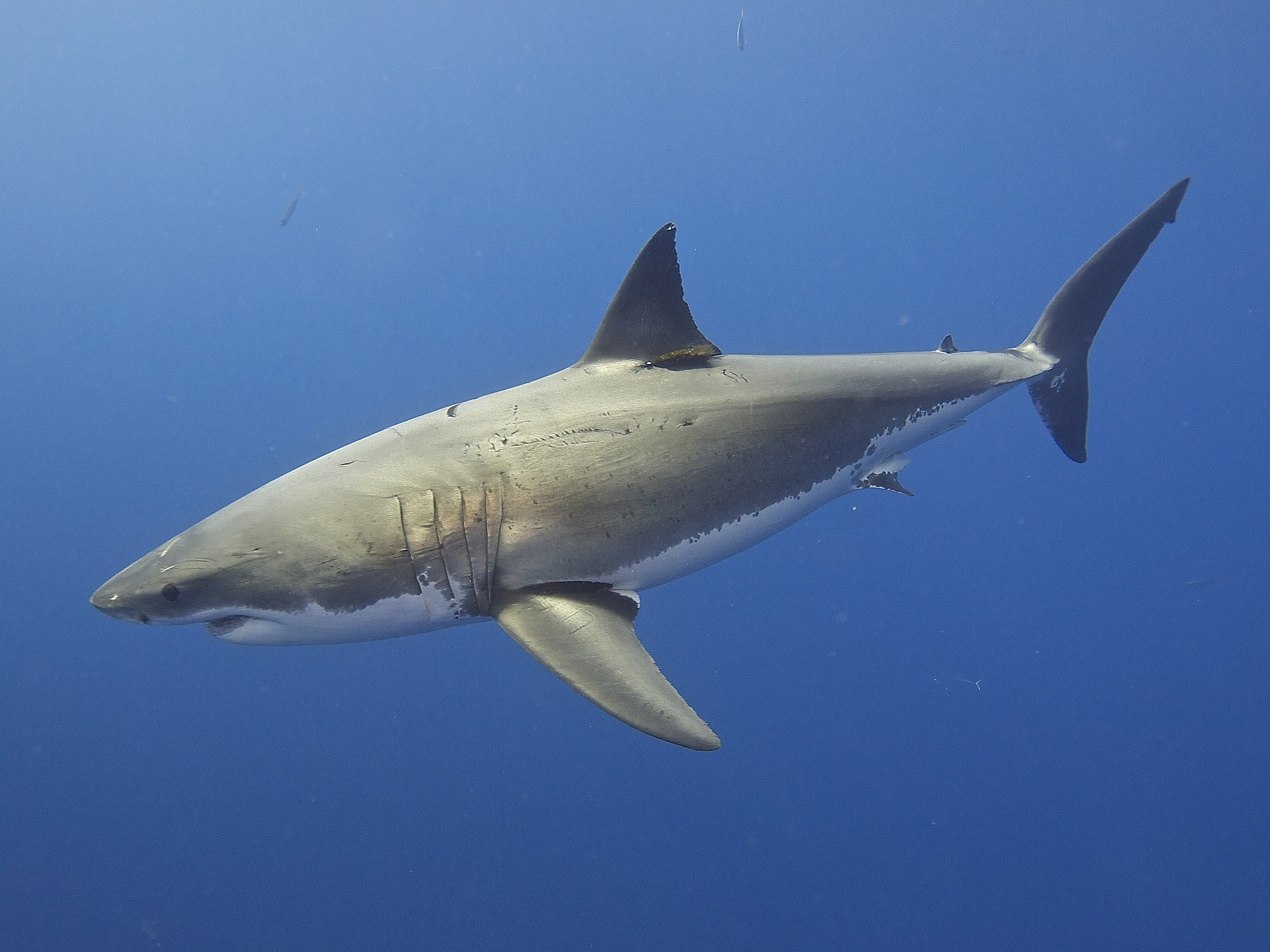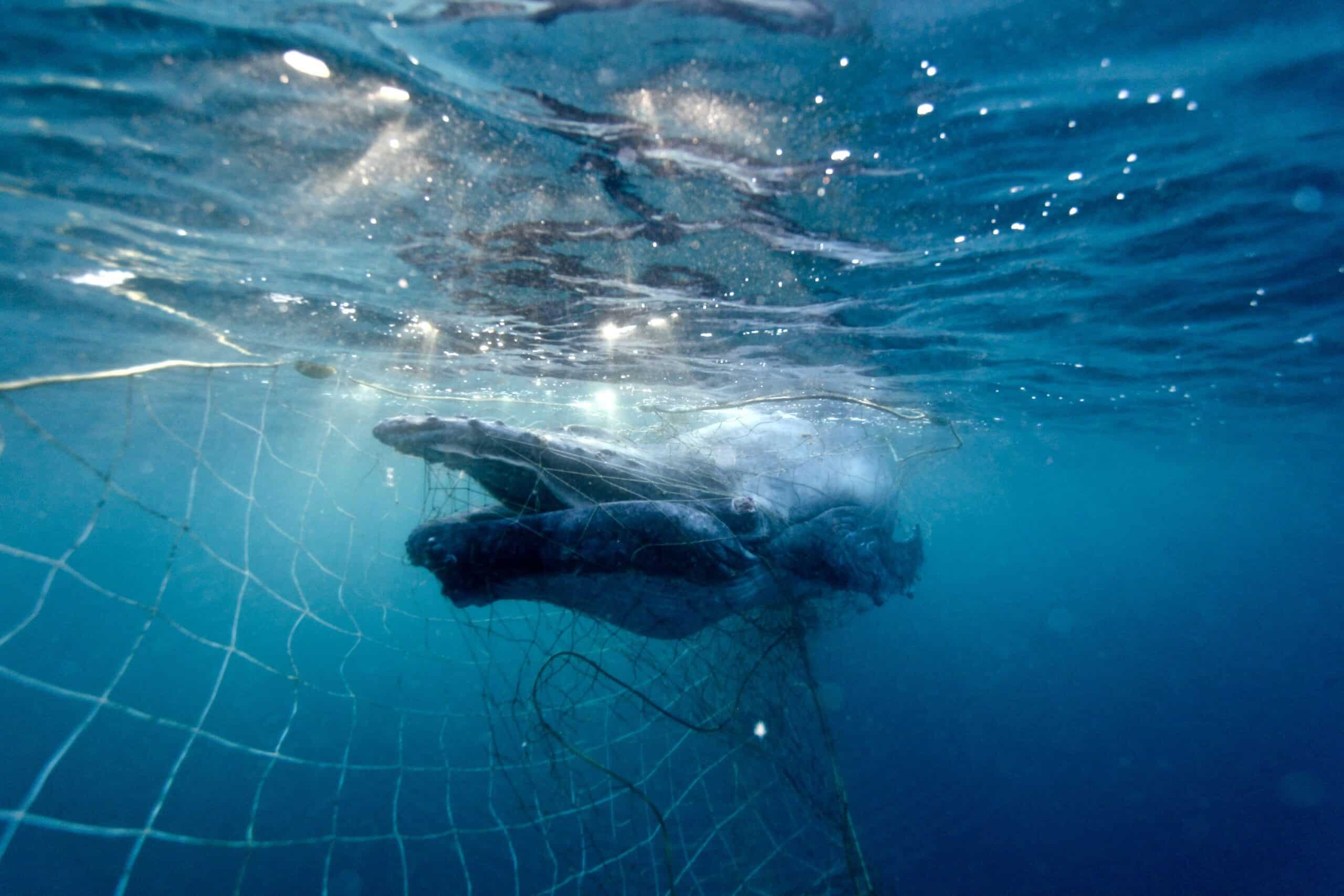Research shows that Australia’s great white sharks are highly related to each other and may consist of fewer than 500 breeding animals. SYDNEY, 24 June 2025: Latest research has found Australia’s great white shark population is much smaller than expected, increasing their vulnerability to further population threats. The population...
2016 was a year to forget for grey-headed flying-foxes with federal, state and local governments combining to ramp up dispersal pressure and further erode an already struggling network of camps along Australia’s east coast. Winning the vote for the world’s favourite underappreciated species in February unfortunately did little for the profile of the nationally threatened flying-fox, with efforts to kick them out of their limited habitat becoming standard management, thousands continuing to be shot in the name of crop protection, and their Vulnerable status (very unusually) becoming the focus of a Parliamentary Inquiry.
For the sake of the species and the ecosystems that depend on them things need to improve this year, and it will take serious backbone from those in power. Ministers for the Environment have to make decisions in the best interest of the matters they have been charged with, and Councillors must use common sense and work constructively to reduce the unjustifiable amounts of money being wasted on dispersals and camp destruction. An informed and engaged public is essential for this to happen with decision makers unlikely to stick their necks out to defend flying-foxes in the best of times, let alone if people don’t seem to care. As some are very vocally scathing of the animals, in the case of grey-headed flying-foxes the need for allies is even more urgent.
The vilification grey-headed flying-foxes receive is unusual for a threatened species, and basically comes down to their potential to be a temporary nuisance to people living near camps. But should amenity carry the enormous weight it does with political reactions to flying-fox presence? It’s worth keeping in mind that not only is the grey-headed flying-fox threatened and vital to forest pollination and evolution, but a highly intelligent and socially complex animal with capacity to suffer. How we treat them is not just a conservation issue, but also one of animal welfare.
A grey-headed flying-fox takes flight with pup on board – Nick Edards.
Batemans Bay
The most significant single impact on the grey-headed flying-fox last year, and the best example of how the powers of our environmental laws are being subverted, is what occurred in Batemans Bay. The Water Gardens and Catalina camps in Batemans Bay are considered ‘nationally-important’ due to their history of flying-fox presence and considerable roosting capacity, and prior to a dramatic series of events were heralded as a shining example of camp management done right.
Combined with the threatened status of the grey-headed flying-fox, classification as nationally-important camps means that major ‘management actions’ require approval through our national environment law (the EPBC Act), as opposed to the large majority of smaller colonies along the east coast. In April an unprecedented spotted gum flowering event saw an influx of grey-headed flying-foxes in these camps, with in excess of 100,000 animals arriving – potentially 25% of the entire species had come to roost in Batemans Bay. While there’s no doubt that many bats could kick up a fair ruckus, it was dwarfed by the outraged cries of a number of people living nearby the camps.
Unbeknownst to the flying-foxes, they had arrived in the wrong place at the wrong time – a marginal seat in the lead up to a federal election. This combination saw some astonishingly swift action taken, with former Minister for the Environment Greg Hunt issuing a section 158 ‘national interest’ exemption from all EPBC Act requirements, apparently satisfied that getting grey-headed flying-foxes out of a regional centre was in the Australia’s best interests. The protection offered by the camps’ nationally-important status had been set aside with the stroke of a pen, and to add insult to injury the decision was made in breach of conventions while the government was in caretaker mode.
Grey-headed flying-foxes roost at Batemans Bay immediately before their eviction.
With the EPBC Act out of the way, there was still the issue of grey-headed flying-foxes being listed as threatened under NSW law (the TSC Act) and the fact that dispersing flying-foxes and destroying their habitat so they don’t come back is expensive – estimates had shown such actions would cost millions of dollars. Remarkably this latter problem was near instantly taken care of by the NSW government, with Premier Mike Baird delivering Eurobodalla Shire Council $2.5 million of public funds only to be used for dispersal actions despite state approval for a dispersal to occur not yet being applied for, let alone given.
The final hurdle for the Council was to obtain licences to harm a threatened species from the NSW government, and they eventually applied separately to disperse the camp and clear 25% of roosting habitat. Both are quite major actions, and expert advice sought by HSI determined that the impact upon up to a quarter of the entire grey-headed flying-fox population should see them classed as likely to significantly affect the species. However this was apparently not the view of the state government, who on the same day the licences were applied for certified the actions as ‘not significant’, exempting Eurobodalla Shire Council from the relevant sections of wildlife legislation. Regrettably, the merits of such decisions are legally unchallengeable.
Other Camps
If multiple levels of government are willing to bend over backwards to not only quash the laws they should be enforcing but provide substantial funding for actions that harm threatened species in a case like Batemans Bay, what hope do smaller camps have? The tendency to view local fluctuations in flying-fox numbers as crises to be urgently remedied is expensive and inappropriate, and it is wildly unscientific to have the management of a wide-ranging national population driven at a local level.
Numerous similar actions to those that occurred in Batemans Bay have been happening on a smaller scale throughout the species’ range with considerable impacts on animal welfare. In an attempt to limit such impacts time frame conditions are often applied around periods when flying-foxes are likely to be heavily pregnant or caring for dependent young. However these brief respites from dispersal actions are rather tokenistic considering previous actions apply serious additional pressures on the flying-foxes during these particularly vulnerable times.
A case in point is the management of Cannes Reserve north of Sydney, a remnant of coastal rainforest flying-foxes are fond of that has been all but destroyed by the local Council to appease neighbouring residents (with the permission of the NSW government even though many actions taken were in direct conflict with their approved management plan for the site). Despite habitat removal and numerous dispersal attempts, flying-foxes desperate for somewhere to land and birth their young clung to exposed branches where they were more susceptible to heat and predation. In these stressful conditions increased abortions were inevitable – the destruction doesn’t end when the chainsaws are put down and the dispersal racket stops blasting.
A grey-headed flying-fox aborts a pup at Cannes Reserve north of Sydney. Photo: Sarah Thorpe.
A grey-headed flying-fox’s 2017 wish list
- A Recovery Plan: Its absence for a decade has allowed unacceptable actions to take place. A Draft Recovery Plan has just been released for public consultation, with the comment period closing on April 24. Following this consultation and presentation to the Threatened Species Scientific Committee, Federal Environment Minister Josh Frydenberg must finalise it urgently.
- No More Shooting: Despite being in the process of phase-out, several hundred grey-headed flying-foxes are still shot for crop protection in NSW each year. Quotas exceeding 1,000 per year are also provided in Queensland, with enormous animal welfare implications.
- Decision Makers with Backbone: There is no doubt that the public is divided on urban flying-fox presence, however decision makers charged with the protection of threatened species need to do their jobs by acting on the best scientific advice rather than at the behest of a vocal minority. Continued delegation of powers to local Councils is unacceptable, and at best results in expensively fractured camps that exacerbate the human-wildlife conflict issue.
- Parliamentary Inquiry Response: The report from the Parliamentary ‘Inquiry into flying-fox management in the eastern states’ is due in a matter of weeks. Proposed by Labor MP Joel Fitzgibbon, the Terms of Reference reflect a gross misunderstanding of threatened species listing and management. The Standing Committee’s report needs to leave decisions where they belong, with Threatened Species Scientific Committees (see HSI’s submission).


